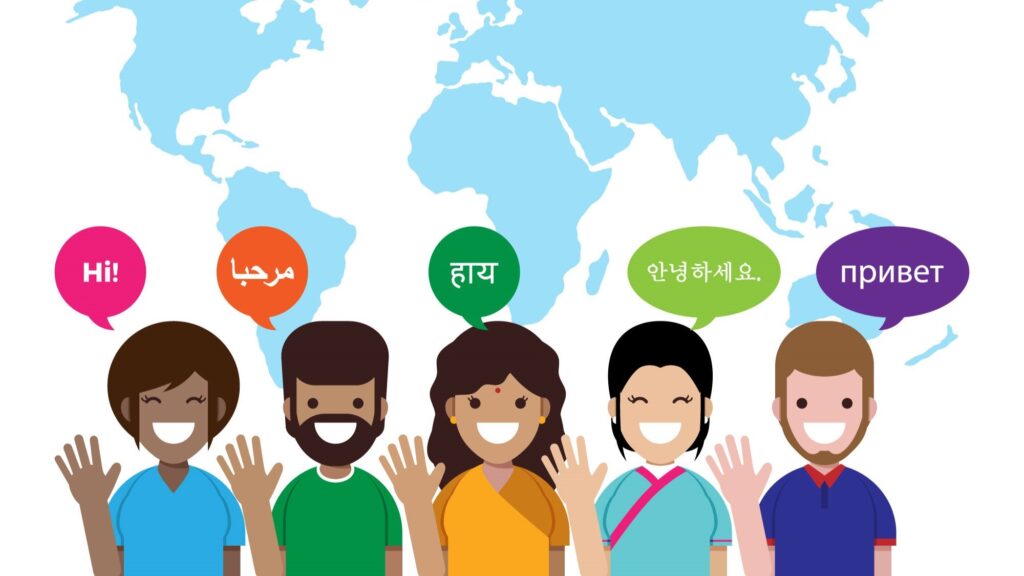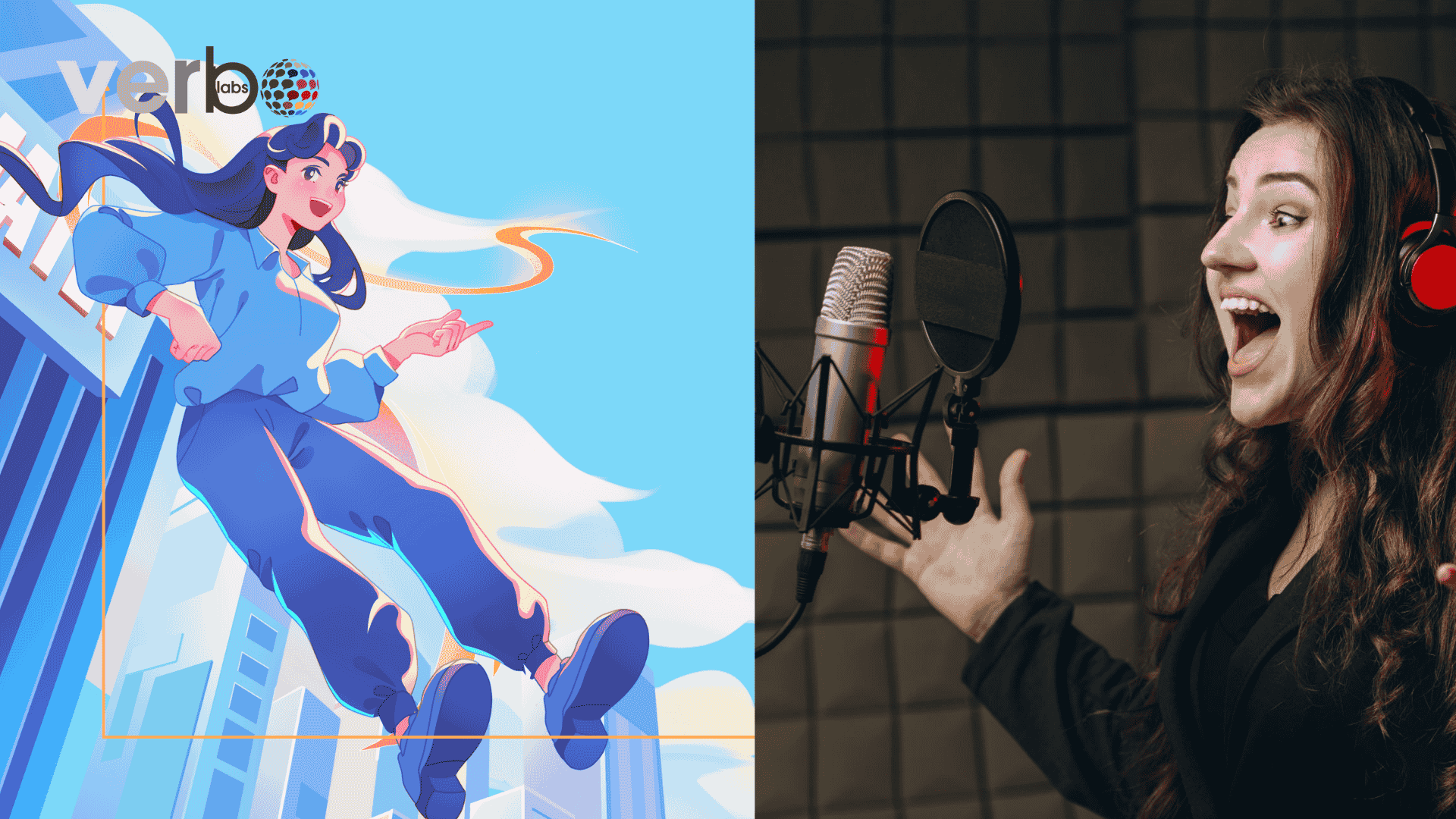
The anime dubbing process is the step-by-step adaptation of Japanese dialogue into another language while preserving emotion, timing, and cultural meaning. Anime is more than just animation—it’s a cultural phenomenon that has captivated fans worldwide. But when you sit down to watch your favourite series in English, Hindi, French, or Spanish, you’re enjoying the results of a detailed and creative process that most viewers never get to see. This glimpse Behind the Scenes of Anime Dubbing reveals that the process involves far more than simply replacing one language with another.
The anime dubbing process is a complex workflow that ensures every voice, line, and emotion resonates with viewers—studios can achieve this through professional anime dubbing services. It requires artistic skill, cultural sensitivity, and technical precision to ensure that the dubbed version feels authentic while retaining the spirit of the original work.
In this article, we’ll go behind the scenes of dubbing to understand how anime is dubbed, from script adaptation to final quality checks. We’ll also look at the challenges dubbing teams face, the timeframes involved, and why professional dubbing plays such a crucial role in delivering anime to global audiences.
Step 1: Script Translation & Adaptation

The process begins with the meticulous translation of the original Japanese script. It’s not a word-for-word rendering, but a deeper adaptation where translators must capture the cultural nuances, humor, and intended emotion of the dialogue. This involves ensuring the new script maintains the character’s personality and the story’s integrity. Crucially, the lines are rewritten to match the lip movements (flaps) and the timing of the animation, a process known as “lip-syncing,” which is essential for a believable anime dub. This demanding early stage is just the start of what happens behind the scenes of anime dubbing.
Why is script adaptation important in anime dubbing?
Script adaptation ensures that translated dialogue feels natural in the target language, matches character personalities, and aligns with cultural context. Without adaptation, lines may sound robotic, awkward, or lose their intended emotional impact.
The first step in the anime dubbing process begins long before the actors enter the recording booth. It starts with the script.
Direct Translation vs. Adaptation
Anime scripts are written in Japanese (or sometimes another original language), and direct translations rarely capture the essence of the dialogue. For instance, Japanese often uses cultural references, idioms, or expressions that simply don’t have a one-to-one English equivalent. A literal translation may sound awkward or confusing to the audience.
This is where script adaptation comes in. The translator’s job is to retain the original meaning while making the dialogue sound natural in the target language. Sometimes that means replacing a Japanese proverb with a similar English phrase, or slightly altering a line so that it fits the character’s mouth movements (lip-syncing, which we’ll discuss later).
Direct Translation vs. Adaptation:
- Direct translation often misses cultural references and idioms.
- Adaptation ensures the dialogue sounds natural in the new language.
- Adapted lines also help with lip-sync, so voices match animated movements.
Cultural Sensitivity
Beyond language, cultural nuances play a huge role. A reference to Japanese school traditions or local foods may need adaptation for international viewers. The key is balance: keep the authenticity intact while ensuring the audience doesn’t feel lost.
Example
In Naruto, phrases like “Dattebayo!” are unique to the character and don’t directly translate. The English dub instead gave Naruto a signature speech style, often ending sentences with enthusiastic tones that matched his personality without forcing awkward translations.
This stage can take anywhere from a few days to several weeks, depending on the length of the series and how much adaptation is needed.
Step 2: Casting & Voice Recording
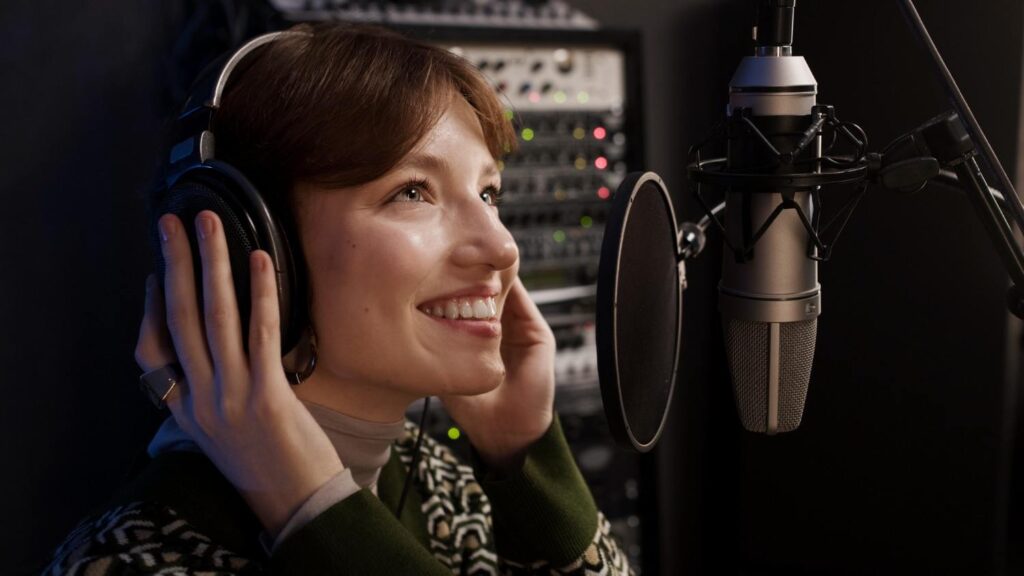
Casting the right talent is essential in anime voice acting. Fans form strong connections with characters, and voice casting in dubbing can make or break the viewing experience. Once the script is ready, the focus shifts to casting the right voice actors.
The Importance of Casting
Anime fans are deeply connected to their favourite characters. Getting the voice wrong can ruin the viewing experience. Casting directors listen to dozens of auditions to find voices that not only match the character’s age and tone but also capture their emotional depth.
For example:
- A shy, soft-spoken character requires a different vocal style than a fiery, battle-ready hero.
- Villains often need powerful, commanding voices that instantly set the mood.
Recording Sessions
Recording is usually done line by line, not in long stretches. Each actor records their lines while watching the animation on screen. They must match the timing, emotion, and rhythm of the original scene.
Unlike live-action dubbing, anime provides some flexibility since lip flaps are drawn rather than real mouths, but syncing is still critical for immersion.
Collaboration
Voice actors work closely with directors, who guide them through the emotional context of scenes. Directors may ask for multiple takes of a line—soft, intense, comedic—before deciding which fits best.
Recording one episode of anime can take anywhere from 8 to 20 hours, depending on the complexity and number of characters.
Examples of casting traits:
- Shy or soft-spoken character → gentle, subdued voice
- Heroic or battle-ready character → strong, energetic voice
- Villain → powerful, commanding tone that sets the mood
Recording sessions are done line by line, with actors guided by directors to capture the exact emotional depth needed for each scene.
Step 3: Lip-Sync & Audio Engineering
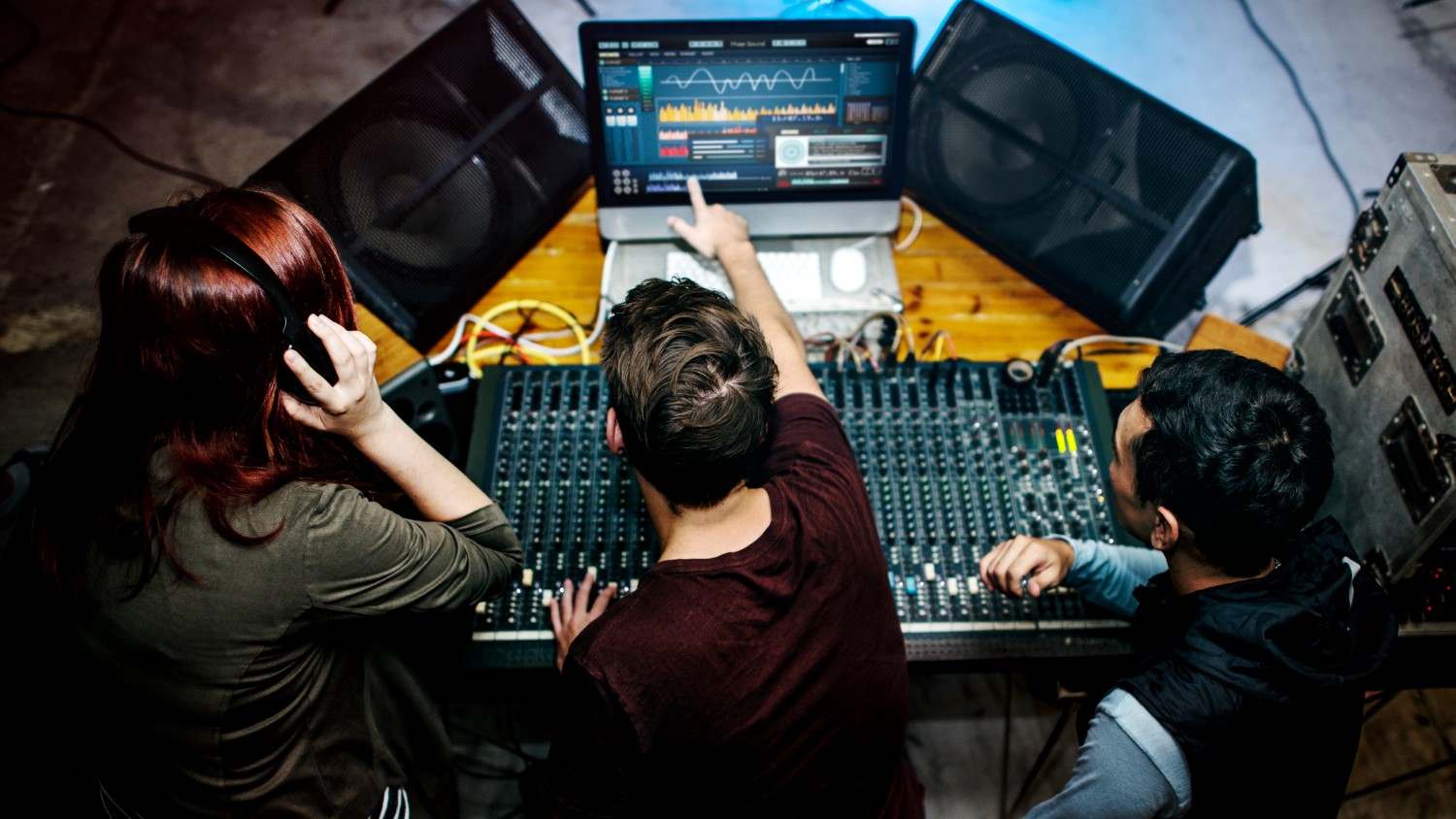
What is lip-sync in anime dubbing?
Lip-sync in anime dubbing is the process of aligning translated dialogue with animated mouth movements to keep the viewing experience natural.
Key elements include:
- Lip-sync adjustments to match timing and mouth flaps
- Audio balancing between voices, sound effects, and music
- Background sound integration for immersive experiences
After recording comes the technical magic.
Lip-Sync Matching
One of the most important parts of how anime is dubbed is syncing the dialogue to the animation. Even the most beautifully acted lines fall flat if the words don’t match the lip movements.
Engineers adjust timing, sometimes stretching or compressing dialogue slightly. In some cases, the script may even be tweaked mid-session to better fit the timing.
Sound Effects & Background Music
Anime is full of rich soundscapes—from sword clashes to footsteps in rain. During dubbing, audio engineers must ensure the new dialogue blends seamlessly with the existing background music and sound effects. If the voice track is too loud or too soft, it ruins the immersion.
Studio Tools
Modern dubbing studios use advanced software to align dialogue with visuals, adjust pitch or tone if needed, and clean up background noise. The final product must sound as though the anime was created in that language.
Step 4: Quality Control & Finalization
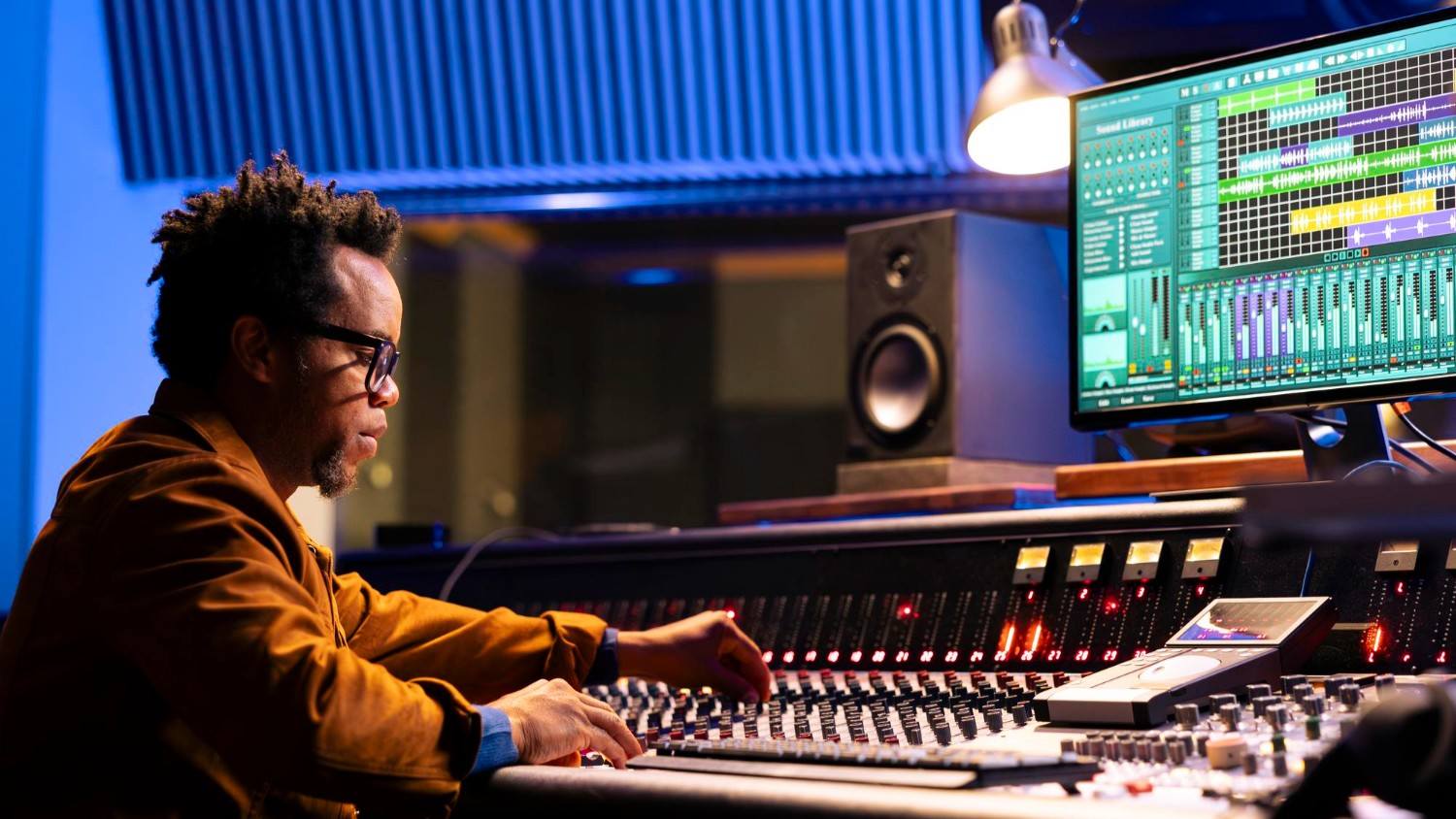
Before release, every episode undergoes a strict anime dubbing quality check to ensure accuracy and immersion. This dubbing quality assurance process guarantees fans experience a polished product.
QC steps include:
- Script accuracy check
- Lip-sync verification
- Emotional consistency
- Audience testing with sample groups
Before an episode or film is released, it goes through a rigorous quality control (QC) process.
Dialogue Review
Editors review the dubbed script against the original to make sure the meaning hasn’t been lost. They check for inconsistencies in terminology, names, or catchphrases.
Sync & Flow
Specialists watch the entire episode to confirm that lip-sync is smooth, emotions are conveyed correctly, and no technical glitches are present.
Audience Testing
In some cases, studios test dubbed versions with small focus groups to gauge reactions. If audiences feel that a line sounds awkward or a voice doesn’t match, adjustments are made.
The QC process ensures that by the time you watch the anime on your streaming platform, it feels polished and professional.
Challenges & Timeframes
There are few challenges which are faced during the Anime Dubbing process, that are mentioned below.
1. How long does it take to dub an anime?
The time required to dub anime varies by episode length, team size, and production deadlines. While a standard episode can take weeks, simul-dubs are done within days to meet global demand.
Timeframes:
- Single episode dubbing: 2–4 weeks
- Full season (12–24 episodes): 4–6 months
- Simul-dubs: 3–7 days per episode
The behind-the-scenes dubbing process is not without hurdles.
2. Tight Deadlines
With the rise of simul-dubs (dubbing an episode within days of its Japanese release), studios often work under extreme pressure. Translators, actors, and engineers must coordinate quickly to deliver high-quality results.
3. Balancing Accuracy & Flow
One of the biggest challenges is staying faithful to the original script while keeping the dialogue natural in the new language. Overly literal translations can sound robotic, while too much freedom risks changing the story.
4. Budget Constraints
High-quality dubbing requires skilled professionals and advanced studios, which can be costly. Smaller studios sometimes cut corners, leading to the “bad dubs” fans often criticise.
5. Fan Expectations
Anime fans are passionate and vocal. A poorly dubbed line can quickly spark debates online. Studios must constantly improve to meet rising expectations.
6. Timeframes
- Single episode dubbing: 2–4 weeks from translation to final QC.
- Full season (12–24 episodes): 4–6 months, depending on resources.
- Simul-dubs: Sometimes just 3–7 days per episode.
Why Professional Dubbing Matters
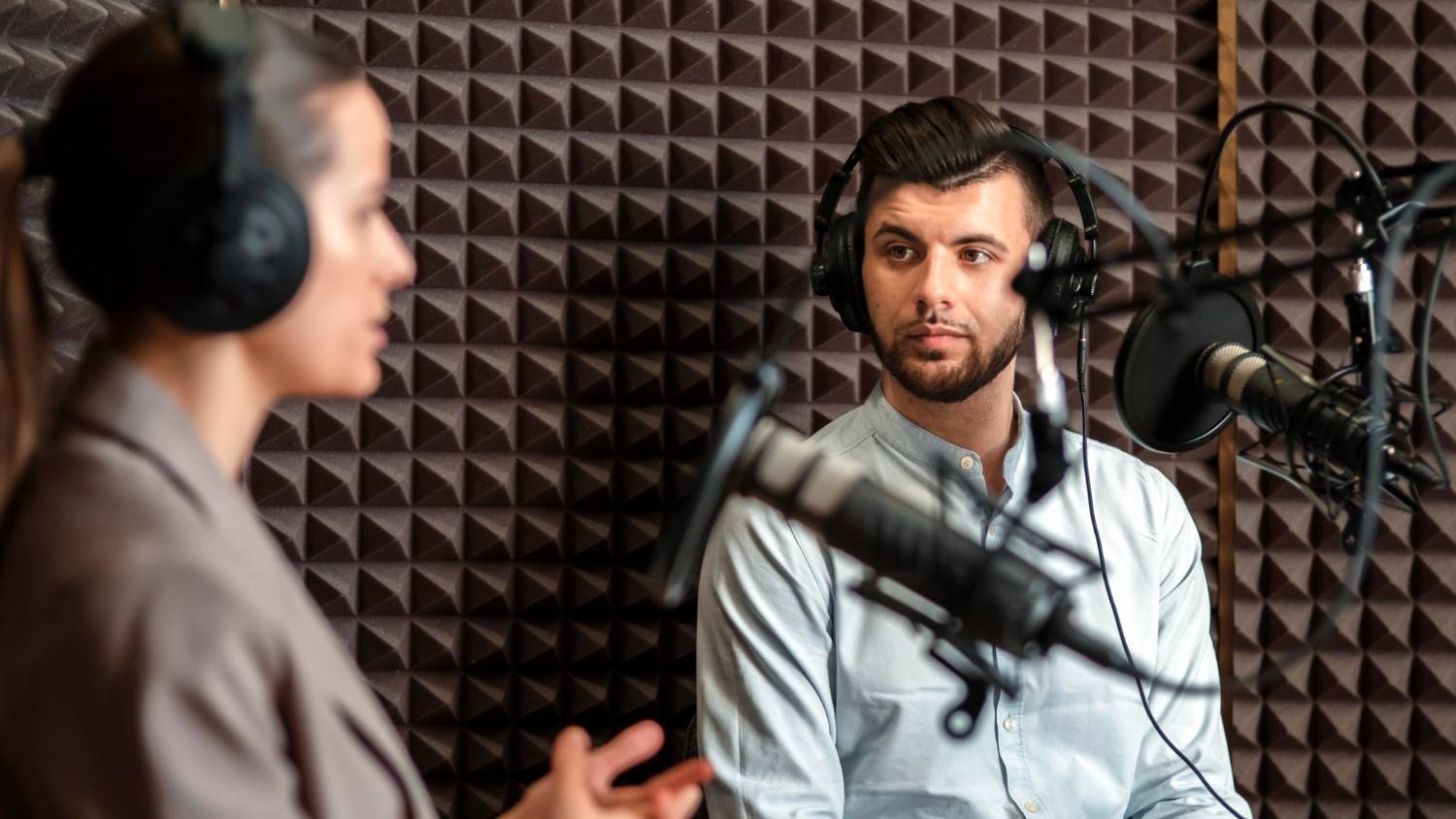
Professional anime dubbing for global fans ensures stories remain authentic while becoming accessible worldwide. For many viewers, a high-quality dub is their first entry point into anime fandom. A high-quality dub:
- Makes characters relatable.
- Preserves cultural authenticity while easing understanding.
- Expands anime’s global popularity.
For example, Dragon Ball Z, One Piece, and Attack on Titan all gained massive international followings thanks in part to strong dubbing efforts.
Studios can partner with professional dubbing companies like VerboLabs to guarantee high-quality anime dubbing for international audiences.
Conclusion
The anime dubbing process is a blend of art and science. From script translation to casting, lip-sync, audio engineering, and quality checks, every step requires precision and passion. Going behind the scenes of dubbing reveals the hard work of translators, directors, actors, and engineers who ensure fans can enjoy anime in their own language without losing its magic.
So the next time you watch your favourite series dubbed, you’ll know just how much effort went into every line, every voice, and every sound effect. For anime creators and distributors, working with VerboLabs’ anime dubbing services ensures stories reach global fans with authenticity, emotion, and impact.
Whether you’re an anime fan or a content creator looking for professional dubbing services, investing in quality ensures authenticity and keeps the storytelling experience alive across cultures.

Bring Your Stories to Life with Professional Dubbing
FAQ
Replacing original Japanese voices with localized performances while keeping emotion, timing, and story intact.
It makes characters relatable, preserves cultural authenticity, and expands anime’s global audience.
Single episodes: 2–4 weeks; full seasons: 4–6 months; simul-dubs: 3–7 days per episode.
It ensures dialogue sounds natural, matches character personality, and respects cultural context.
Accurate translation, natural voice acting, proper lip-sync, and immersive audio engineering.


